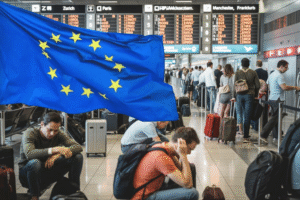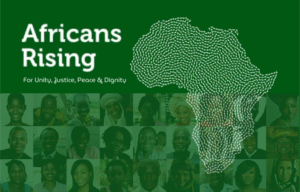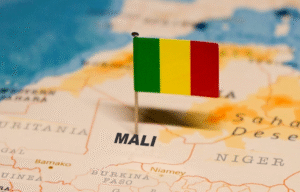Amelia Earhart’s Plane May Finally Have Been Found – Purdue-Led Team Heads to South Pacific in Search of Aviation’s Most Enduring Mystery
Nearly 90 years after Amelia Earhart vanished over the Pacific Ocean, a team of researchers led by Purdue University believes they may be close to solving one of history’s most captivating aviation mysteries. This November, they will travel to a remote island in the South Pacific to investigate what may be the wreckage of Earhart’s Lockheed Electra 10E — the plane she piloted in her ill-fated attempt to circumnavigate the globe in 1937.
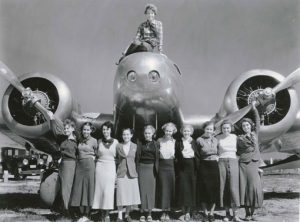
The search focuses on a “visual anomaly” detected in satellite imagery in a lagoon on Nikumaroro, a coral atoll in the Republic of Kiribati. The object, known as the Taraia Object, has appeared in aerial photos as far back as 1938, a year after Earhart and her navigator, Fred Noonan, disappeared en route to Howland Island.
Earhart’s disappearance has held the world’s attention for generations, not only because of the mystery itself, but because of who she was: a pioneer who defied convention and inspired millions. At a time when women were discouraged from venturing into aviation, Earhart broke barriers and became an icon of courage and possibility.
“She was more than a pilot, she was a symbol of possibility”. “If we can confirm this object is her plane, it’s not just a historical find. It’s a deeply human connection to someone who inspired generations to aim higher” said Richard Pettigrew, executive director of the Archaeological Legacy Institute, which is partnering in the expedition.
To the Earhart’s family, admirers and generations who grew up with her story, the discovery could bring long-awaited closure. Her disappearance has remained both a reminder of her boldness and a symbol of the risks that come with exploration.
The mission represents a rare intersection of academia, private research and politics. Purdue University, where Earhart once served as a career counselor for women in aviation and engineering, is central to the search. In fact, the Purdue Research Foundation originally purchased the Electra in the 1930s, with the understanding that Earhart would return the aircraft to the university after completing her world flight.
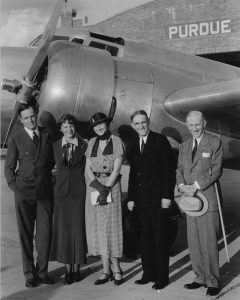
“Amelia had always intended to bring the plane home to West Lafayette,” said Steve Schultz, Purdue’s Senior Vice President and General Counsel, who will join the expedition as a field assistant. “If this proves to be her Electra, then in a way, we’ll finally be helping her keep that promise”.
Even Washington has played a role in reigniting interest. In recent years, President Donald Trump ordered records related to Earhart’s disappearance declassified, fueling new waves of speculation. International cooperation will also be essential, since the research site lies within Kiribati’s jurisdiction.
The Purdue-led team will first document the site through photos and videos, then scan the lagoon floor with sonar and magnetometers. If evidence suggests the object is metallic, researchers plan to dredge it carefully and lift it for identification.
“We could be wrong,” Pettigrew admitted. “But based on decades of imagery, historical research, and technical analysis, we feel very strongly this may indeed be the Electra.”
Skeptics remain. Ric Gillespie of the International Group for Historic Aircraft Recovery (TIGHAR), which has conducted its own searches at Nikumaroro, dismissed the claim. “We’ve looked there in that spot,” he said earlier this year. “There’s nothing there.”
Regardless of the outcome, the search reflects Earhart’s enduring influence. Her story continues to resonate as a symbol of daring, ambition, and human exploration.
“Every generation needs its explorers,” said aviation historian Sarah Pruitt. “For some, it was Earhart. For others, it was the astronauts on the moon. Today, it might be the visionaries planning missions to Mars. What unites them is the leap into the unknown.”
With regards to Purdue, the mission is personal as well as historic. The university is custodian of Earhart’s papers and memorabilia, preserving her legacy for future generations. To bring her plane home, officials say, would be to close a circle left open since July 2, 1937.
Earhart and Noonan’s disappearance remains one of the 20th century’s great unsolved mysteries. Theories have ranged from Japanese capture to survival under assumed identities. Yet the Nikumaroro hypothesis that Earhart landed and was stranded on the atoll, has long been among the most compelling.
Now, with advances in technology and renewed determination, the world may be closer than ever to an answer.



